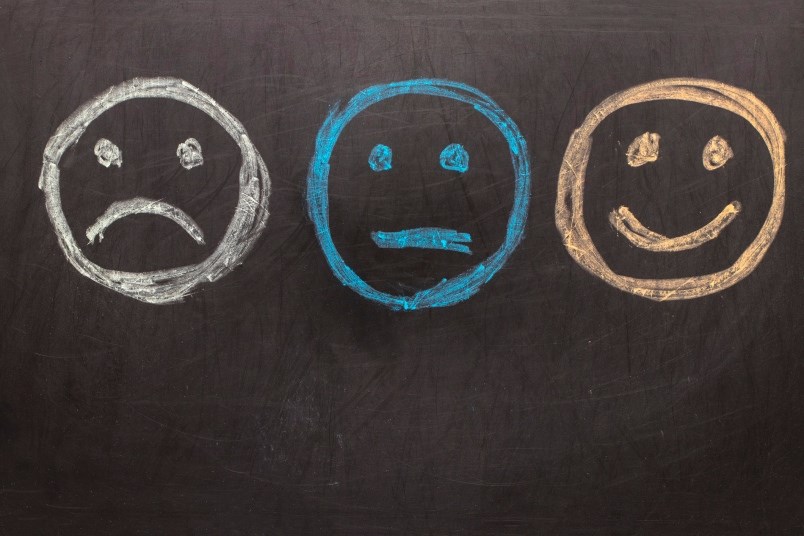There is a deep-seated cultural norm that individuals ought always to “be in control,” that when we are disciplined and with a tight grip on our thoughts and actions, all will be well. This idea extends as well to our emotions, where we too often feel the need to suppress. Stiff upper lip.
It is certain that this largely unchallenged idea has been amplified during these days of plague, when so much around us seems remote from our personal agency. Our lives are restricted and directed in countless ways by authorities we will never meet or know. Under these circumstances, it is entirely natural that we hold on to what control we have. I get this.
But mood is a complex, fluid entity that depends on a variety of experience to be at its best. It is my view that we ought to strive for a balance between discipline and abandon – that we leaven the rational ego-driven need for structure with unpredictability, improvisation, and the unknown.
Here are a few examples of what I mean.
The first is simple. Take half of your daily routines and break them. Do them at a different time or in an entirely new and improvised way. You’ll find it liberating, and your mood will thank you.
There are two kinds of hike. The first involves a carefully studied map, perhaps a trail app, and a strictly defined route – one likely well studied beforehand. Now, this may be OK if you are summiting Everest, but it seems dreary, technical, and entirely predictable here on the Coast.
Alternately, you might simply identify an area that interests you and go for what an old hiking buddy used to call an “informed ramble.” There may be a little fear or apprehension involved here, but the joy of discovery and the unexpected can be a pleasantly invigorating tonic for your mood.
As I said at the top, balance is everything. So, by all means try both of these approaches.
I have long felt that art exerts a powerful influence on our inner world. So, in the current context try this: In whatever discipline you practice, be it music, theatre, visual art, by all means practice your fundamentals. Master your craft. But leave plenty of time for improvisation. Dare to be spontaneous, even abstract, every now and then.
Perhaps the purest, most mood-enhancing practice I know is one I’ve written about before: mindfulness. At its core, this technique requires us to experience – to visualize – those mental structures that are all about control, structure and ego, and then to allow them to drift away. In effect, to witness those thoughts that are about control, and then to feel our mind space in their absence. This is an emotional reality that is spontaneous and in no way goal directed.
There are plenty of resources out there that will help you learn this practice. It takes time, but right from the start the benefits of this deep self-awareness become clear. We begin to understand that thoughts directed at control are a mental creation that must coexist with abandon.
Having said all this, we should recognize that we are all different and have individual comfort zones – particularly when it comes to keeping a firm grip on things. Try to stray out of your zone. You may be pleasantly surprised.



